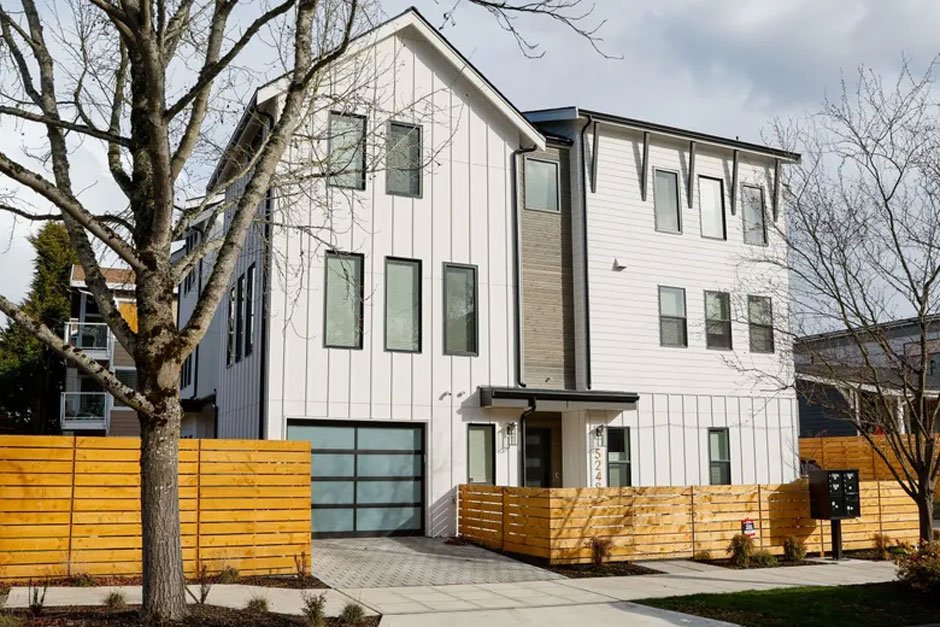
Seattle’s yard maintenance scene is going through a shift—and it’s not just about aesthetics anymore. Rising costs, changing lifestyles, and a growing focus on sustainability are pushing homeowners to rethink how they use and care for their outdoor spaces.
Instead of pouring time and money into traditional landscaping, more people are looking for practical setups that work for their budget and schedule. That means ditching high-maintenance features in favor of simpler, smarter designs that still make the space enjoyable. The aim? A yard that works for you—not the other way around.
New Year, New Habits: A Month-by-Month Guide to Living Sustainably
Start the year with intentional choices that reduce your environmental impact and support a more sustainable lifestyle. One innovative way to embrace eco-friendly living is by exploring alternative housing options, such as liveable sheds. These versatile structures offer a minimalist, energy-efficient solution for those looking to downsize or live closer to nature. Incorporating liveable sheds into your sustainability journey not only reduces your carbon footprint but also encourages simpler, more mindful living throughout the year.
Talk to a Certified Arborist Before Big Yard Projects
Many Seattle homeowners rely on ISA-certified arborists to make smart choices that avoid costly mistakes. Hiring an arborist in Seattle is especially important in neighborhoods with large, mature trees and strict city codes. In these areas, permits are often required before trimming or removing trees. Taking down a tree without the proper paperwork can result in fines and even impact your property’s value, so getting expert advice upfront is a smart move.
Beyond following rules, arborists help you keep trees healthy long-term. Techniques like crown reduction support a full canopy and reduce future upkeep. For example, in some Seattle neighborhoods, arborists recommend trimming large maple trees every 3–5 years to manage growth and reduce branch weight—keeping the trees healthy and reducing the risk of storm damage.
Swap High-Maintenance Lawns for More Usable Outdoor Space
More Seattle families are ditching traditional lawns in favor of spaces that are easier to use and maintain. Hardscaping—like gravel fire pits or walkways—adds charm without all the work. Such updates save water and cut out the need for constant mowing, giving families more time to relax outdoors.
Raised garden beds are another popular option, offering a practical and attractive way to grow vegetables or flowers. In neighborhoods like Ballard, artificial turf is catching on, especially with pet owners who want a clean, durable yard. These choices reflect a shift toward lower-effort, family-friendly spaces.
Smarter Irrigation to Lower Water Bills
Many homeowners are switching to smart irrigation systems to keep utility bills in check. These setups adjust watering schedules based on weather, so you’re not wasting water after it rains. They’re a better alternative to older timers that run no matter what. Some systems claim to reduce outdoor water use by up to 30% during peak summer months, depending on weather patterns and landscape setup.
Drip irrigation is another favorite, especially for garden beds. It delivers water right to the roots, cutting down on waste. Some people are also planting native species that don’t need much help to thrive, saving both water and effort.
Add Outdoor Storage to Ditch Rental Units
Outdoor storage is a simple way to save money and stay organized. Built-in benches with hidden compartments offer space to stash tools, cushions, or seasonal decorations without adding clutter. Custom sheds or compact storage units can keep yard gear in order while preserving visual flow. Adding features like vertical shelving or rooftop planters makes even small structures work harder without taking up more space.
Space is tight in the city, so multipurpose storage is especially helpful. Vertical bike sheds take up little room and keep your gear secure. Compost bins are another good addition—they support sustainable habits and blend into the terrain.
Design for Less Work With Passive Yard Features
To cut down on regular yard work, many homeowners are going for passive design elements. Fixing slopes helps prevent erosion and can even make your yard look better. For example, terracing a steep backyard slope with retaining walls can create flat planting areas and reduce runoff. Gravel and paver walkways clean up easily and don’t need mowing.
For privacy, hardy evergreens or simple fencing are easier to deal with than hedges that need constant trimming. Such options provide quiet outdoor areas while keeping maintenance to a minimum. Permeable pavers are another win—they handle rainwater well and give your yard a polished look.
Seattle homeowners are moving toward yards that take less effort to maintain. Lawns and outdated setups are being replaced with smart irrigation, simple hardscaping, and useful storage. Gravel paths, native plants, and raised beds help cut down on work while still keeping things attractive. Talking to a certified arborist before making major changes helps avoid fines and costly mistakes, especially with city rules on tree removal. Fixing slopes, planting evergreens, and using permeable pavers all help reduce upkeep. Small updates like these make your outdoor space more usable, more relaxing, and less likely to eat up your free time every weekend.
